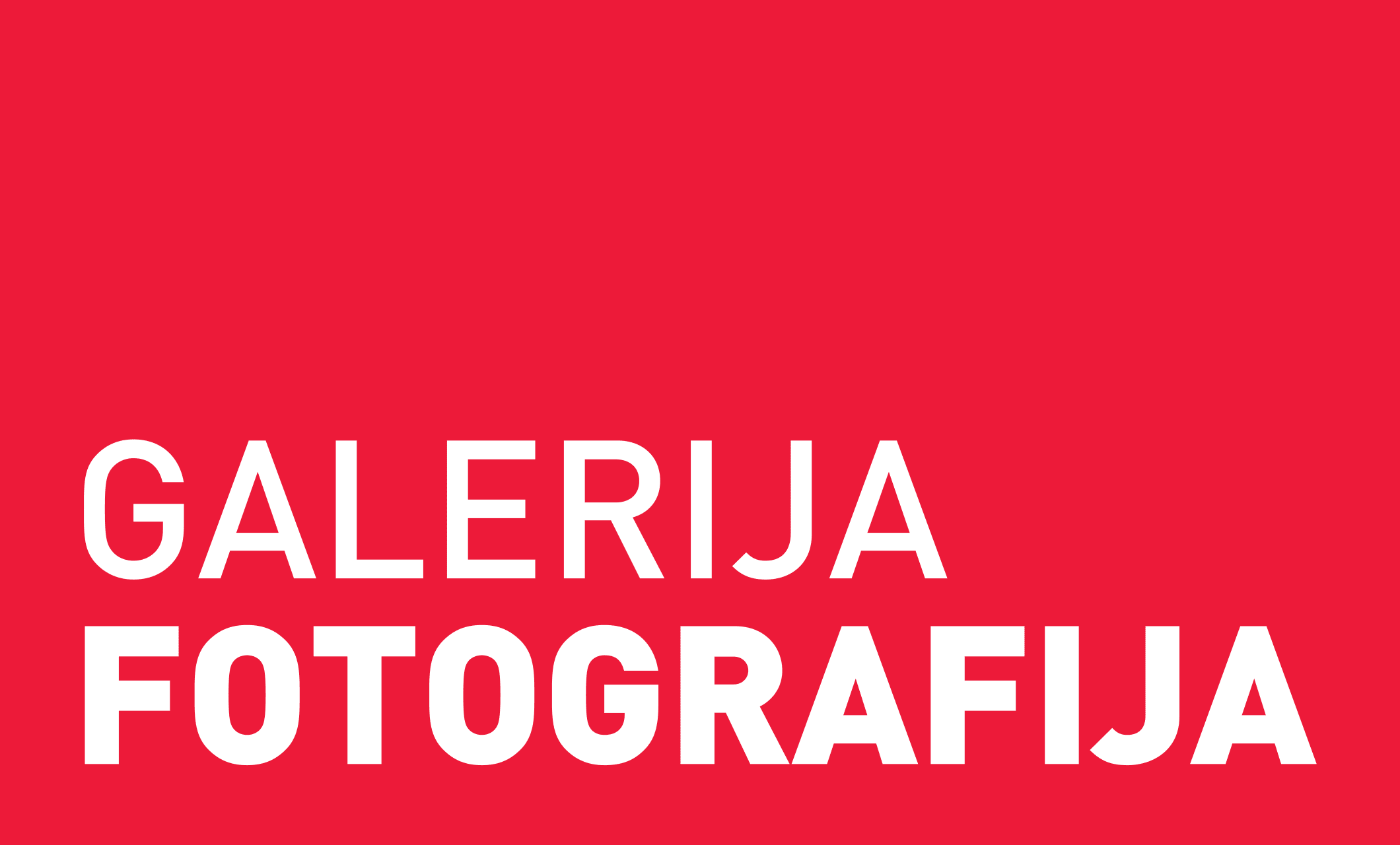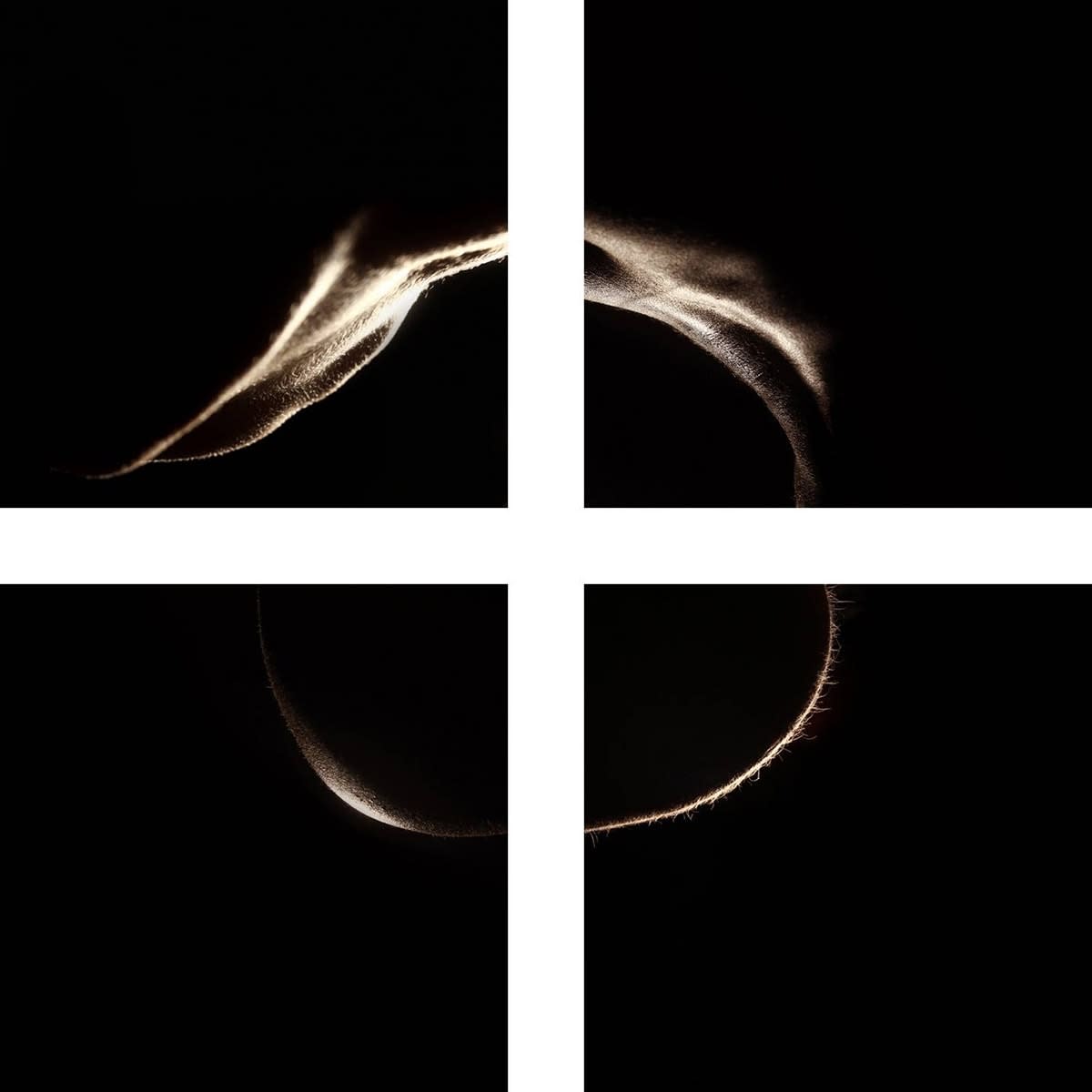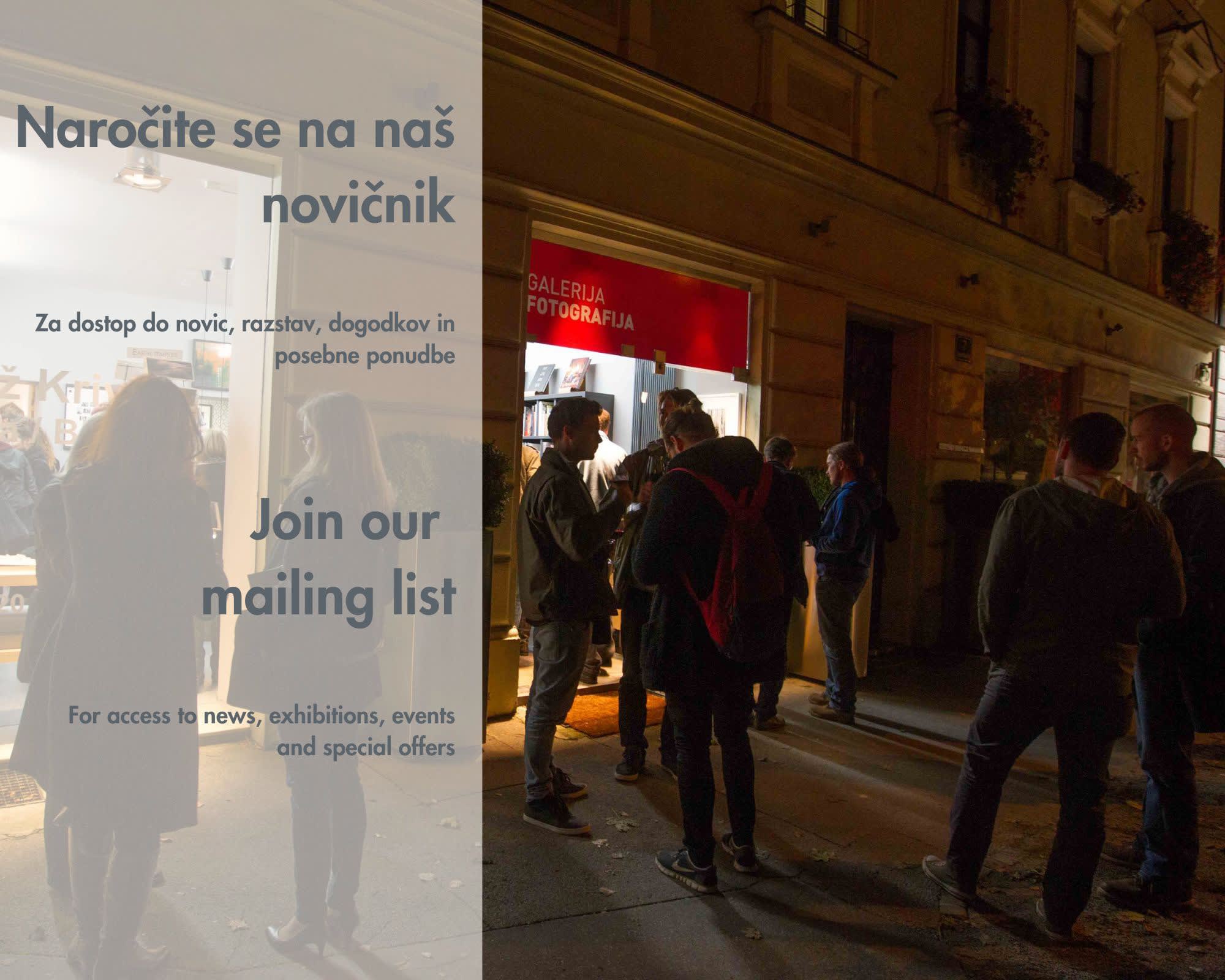Uroš Abram
For English version please scroll down.
O SERIJI
Uroš Abram v novem ciklu fotografij, ki ga je naslovil Rekreacija, ostaja pri upodabljanju telesa. Temu smo bili priča tudi v obsežni seriji Made in me, s katero je s kar nekaj razstavami v zadnjem obdobju močno opozoril nase. Abram, sicer diplomant fotografije na Akademiji lepih Umetnosti FAMU v Pragi, tudi v tej seriji išče robne in nekonvencionalne načine prikaza fotografskega diskurza. Aluzijo na estetsko upodobitev in kreativno postavitev aktov v statičnem ali dinamičnem ravnovesju telesa sicer dobimo zgolj iz nam prevladujoče antropocentrične perspektive in morda tudi iz naslova samega, vendar nam avtor poskuša v eksperimentu spreminjanja razmerij vidnega polja fragmentov in sestavljanju sugestivnih sklopov telo prikazati drugače in ga toliko odpreti navzven, da mu le-to ostane zgolj kot metafora. Osamele posamezne fotografije z nesorazmernimi in raztelešenimi deli telesa sicer spominjajo na renesančno znanstveno radovednost pri odstiranju čudežnih bitij in bi jih lahko označili tudi kot hisperično umetnost, toda simetrično konstruirana podoba celote deluje kot na novo ustvarjena in estetsko sinhronizirana resničnost, ki s premišljeno in študijsko dosledno kontrastno igro svetlobe in senc posega v polje likovnega, s poudarjenim metjejskim znanjem in izpostavljenim ostrim uokvirjanjem (framework) pa deluje kot digitalni avtorski podpis fotografa.
Goran Milovanović
ABOUT THE SERIES
With the new series of photographs entitled Recreation (Rekreacija), Uroš Abram remains within the sphere of figural representation. The same dedication to representing the body could be found in an earlier series, Made in Me, whose many exhibitions have raised the artist’s public profile. Also, in the series Recreation, Abram – a graduate in photography of FAMU College of Fine Arts in Prague – intervenes in the search for boundaries and unconventional ways of presenting photographic discourse. Allusions to aesthetic and creative representations of nudes in static or dynamic balance are shown from a dominant anthropocentric perspective and, perhaps, even in the very title, but the photographer experiments with changing the proportions of the viewing angle of fragments of the body, and by creating suggestive sets to represent the body in different ways, and opening it up until what remains is a mere metaphor. Isolated individual photos of disproportionate and disembodied body parts could remind us of the scientific interest in Renaissance-era discoveries of magic beings, and could be characterised aspheric art, but the symmetrically constructed images work as a newly created and aesthetically synchronised reality, where a careful and studious consistency in the contrasting play of light and shadow affects the visual sphere, while the exposed knowledge of the métier and sharp framework form the photographer’s digital signature.
Goran Milovanović


